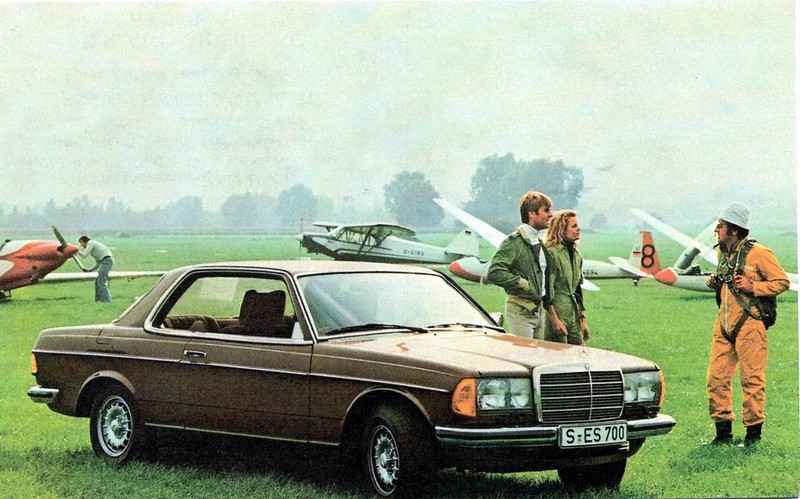4 minutes estimated reading time
Origins of 10 considerations of branding
10 considerations of branding goes back to a Ten years ago I used to work in an agency representing one of the pioneers of modern branding Henrion Ludlow Schmidt. I was fortunate that I got to work with the two managing partners at the time Chris Ludlow and Klaus Schmidt. Chris retired from the business and Dr. Schmidt is no longer with us, so the branding agency dissolved after he died.
I have vivid memories from the meetings I went to in their Victoria headquarters. Dr Klaus Schmidt as an exuberant personality talking about all things brand related.
Holistic branding and the 10 considerations of branding
Dr Schmidt was an advocate of ‘holistic branding‘ taking into account all the brand touch points rather than just slapping a logo on things.
Holistic branding included all functions of the business, product design and experience design. It seems self-evident that a business brand is the sum of it’s stakeholder’s experiences but that concept and the design reputation of founder F.H.K. Henrion brought them clients like Mercedes-Benz , the former British Midland (bmi) airline, Krups, Barbican, London Underground, Deutsche Bank and German mobile operator E-Plus.
Chris Ludlow and Klaus Schmidt boiled their thinking down into 10 considerations of branding which I have paraphrased here:
- Does the brand really need a rebuild? It is amazing how brands often get changed just for the sake of it. At the time I was working with Henrion Ludlow Schmidt the disastrous rebrand of the Post Office Group to Consignia and back was still fresh in the public memory.
- Can or should the brand be saved? Is economically viable to save it. Is it cheaper to develop a new one or acquire a well-respected brand instead? A classic recent example of this was where News International shut down the News Of The World and published The Sun on Sunday instead.
- Everything communicates: remember that every action, or lack of it, within a business communicates. Fixing the brand may fall outside conventional branding issues to include: product design, human resources, operations, logistics and environmental policies.
- What does your brand really stand for? This means asking a set of hard questions: What does your brand really means to customers and other stakeholders? What is the gap between the values that the brand is supposed to have and how it is perceived by customers? Are there positive attributes attached to your brands by customers, that were not part of the brand values that you meant it to have? Are any of the values attached to the brand no longer relevant?
- Rebuild the brand from the bottom up, rather than imposing one from the top down. There is more than a hint of the German corporate philosophy that led to worker representation on the management board in this.
- Build the brand around a vision relevant to all stakeholders: it is easy to be cynical about the soft part of branding, how many of us have rolled our eyes at a new vision statement we can’t remember a week after hearing it alongside been given a new mug, mouse mat, notebook or lanyard? I even sat in a meeting with a large Chinese client and a number of sister agencies where the question ‘What is your lanyard strategy?’ came up.
- How is your brand taken to the customer? When looking at your brand you need to look beyond the most obvious contact points that help make up a customers brand experience. Are there new channels that can be exploited? Are channel partners on board and, if so, are they conducting themselves in a way which is detrimental to your brand? This aspect of presentation is the reason why BMW dealerships look so plush and why advertising agencies can charge much more for the same activities in comparison to PR agencies.
- A brand is a long term project: when thinking about the attributes of a brand, these need to be able to outlast customer fads or the latest business trends. A brand is a strategic consideration.
- Shrink the brand: many brands need a refresh due to excessive product extensions which washes out the meaning. Going back to the core can be the reset required.
- Evolution rather than revolution: be prepared to change your brand gradually. It is a balance between remaining relevant and keeping the goodwill and recognition built up over time.
More information
Consignia: Nine letters that spelled fiasco | BBC News
Heroes – F.H.K. Henrion | Designers Journal